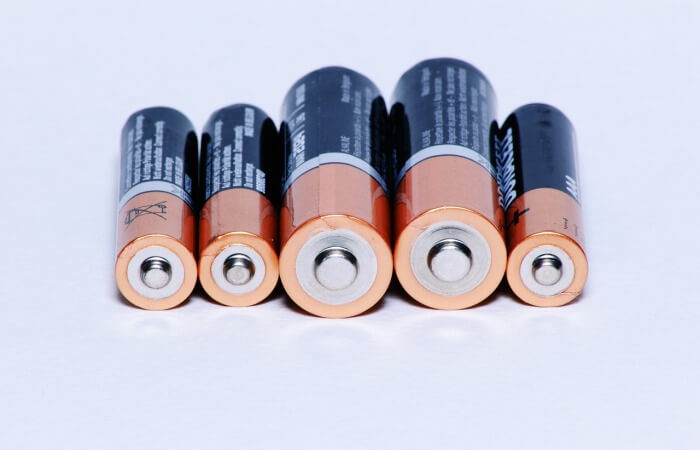Sorbents

Sorbents, types of adsorbents, classification of adsorbents.
Sorbents are solid or liquid substances that selectively absorb (absorb) from the environment gases, vapor or dissolved substances.
Types of sorbents. Classification of sorbents
Sorbents:
Sorbents (from lat. sorbens – absorbing) is solid or liquid substances that selectively absorb (absorb) from the environment gases, vapor or dissolved substances.
Accordingly, the process of absorption of one substance from the environment by another substance called a sorbent sorption. Absorb (active) substance called a sorbate.
Sorbents are activated charcoal and activated carbon fiber, silicagel, zeolites, alumogel, aluminum silicates, lignin, chitin, chitosan, cellulose , and other inorganic and organic substances.
Types of sorbents. Classification of sorbents:
– according to the principle of distinguish adsorbents, absorbents, chemical absorbers and ion exchangers.
The adsorbent is a sorbent having a large surface area on which to absorb other substances (the solutes).
Absorbents – absorbents is forming from the absorbed substance (sorbate) to solid or liquid solution.
Unlike adsorbents absorbents have the absorption mechanism involved throughout the volume. The adsorbents only on the surface layer.
Chemical absorbers are substances which bind the absorbed substance (solutes), engaging with them in chemical reactions.
Ion-exchange sorbents (ion exchange resins, ion exchange resins) are substances that do not absorb other substances, but exchanging ions. They absorb from solution the ions of one type and produce in the solution an equivalent amount of ions of a different type.
Ion exchange sorbents are divided into two groups: cation-exchangers and anion-exchangers.
Cation exchange resins are substances that are exchanged with the sorbate cations or positively charged ions.
Anion – substance that is exchanged with the sorbate anions or negatively charged ions.
Some sorbents can belong to multiple groups. For example, zeolites have properties of adsorbents and ion exchangers simultaneously.
in appearance to distinguish solid and liquid sorbents;
Solid sorbents are divided into granular and fibrous sorbents.
Fibrous sorbents compared to granular possess larger specific surface, and the ability to clean and re-use;
– about the origin of the sorbents are divided into natural (natural) and synthetic (artificial);
– the ability to absorb water and oil sorbents are divided into hydrophilic and hydrophobic (oil).
Hydrophilic sorbents have the ability to absorb water and dissolved substances.
Hydrophobic sorbents do not absorb water and absorb oil and petroleum products;
– chelators – this drug-sorbents of various structures involved in the binding of Exo – and endogenous substances in the gastrointestinal tract by adsorption. Chelators into a separate group because of its medical orientation.
Note: © Photo //www.pexels.com, //pixabay.com



